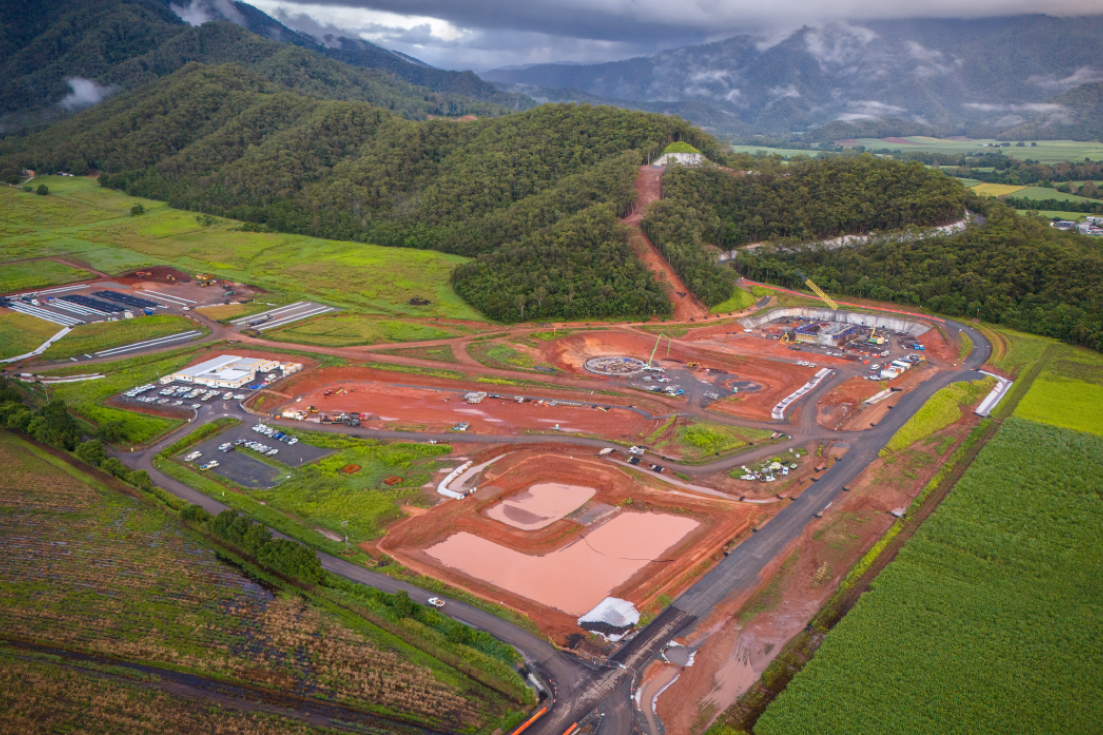General News
9 July, 2025
It’s back to basics in budget
CAIRNS Regional Council’s record $421.8 million capital works program focuses on the basics of council responsibilities, including water, sewerage and transport, along with improvements to parks and playgrounds.

Mayor Amy Eden said the budget – adopted last week – reflected the council’s commitment to delivering core services while responding to the pressures facing the community.
“Our focus is on sensible spending – investing where it matters most, without compromising the services that keep our city ticking and our community connected,” she said.
The budget’s centrepiece is a $260.1m investment in Cairns Water Security Stage 1 (CWSS1) – the largest single project in the council’s history, which is support by a $390m joint funding commitment from the Australian and Queensland governments.
A further $28m is to upgrade drinking water infrastructure, including the construction of a new reservoir at Mount Peter and upgrades to existing mains.
Keeping the community connected is another key focus, with $54.7m committed to transport and drainage project, including upgrades to roads, stormwater systems, footpaths and cycleways.
Major works include the completion of Navigation Drive in Trinity Beach and ongoing investment in stormwater renewal and pavement rehabilitation across the city.
The budget includes $32.9m for sewage treatment and $2.9m for waste and recycling services.
More than $21.8m will go towards parks, playgrounds, sporting facilities, public toilets, pools and community spaces.
Projects include a $2.35m rejuvenation of the much-loved Muddy’s Playground on the Esplanade, as well as upgrades to the Red Arrow walking track and finalising the design for the Cairns Community and Multicultural Centre at White Rock.
“Cairns locals love their outdoor spaces and we want to keep them safe, accessible and welcoming,” Cr Eden said.
“Whether it’s a parent taking their kids to the playground, a morning jog up the Red Arrow, or a community event in White Rock – these are the things that make our city feel like home,” she said.
“We’re improving the everyday infrastructure people rely on – the streets they drive, the paths they walk, the drains that protect their homes in the wet season.”


